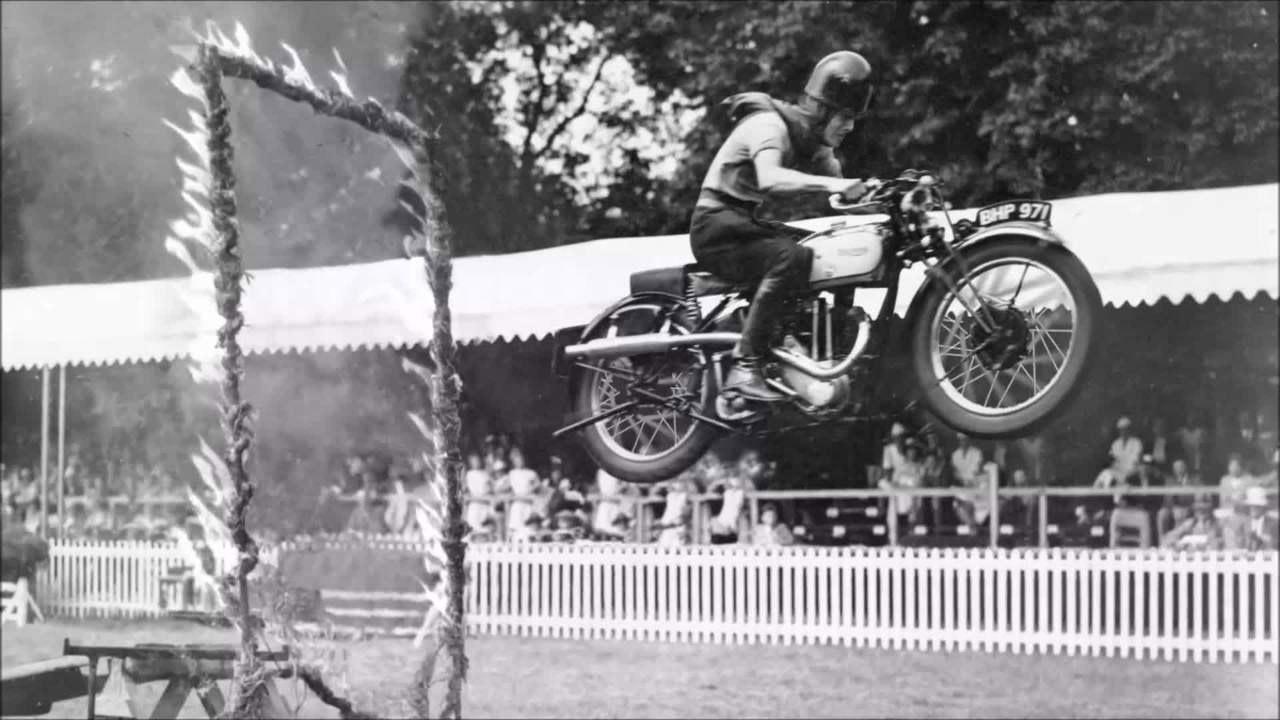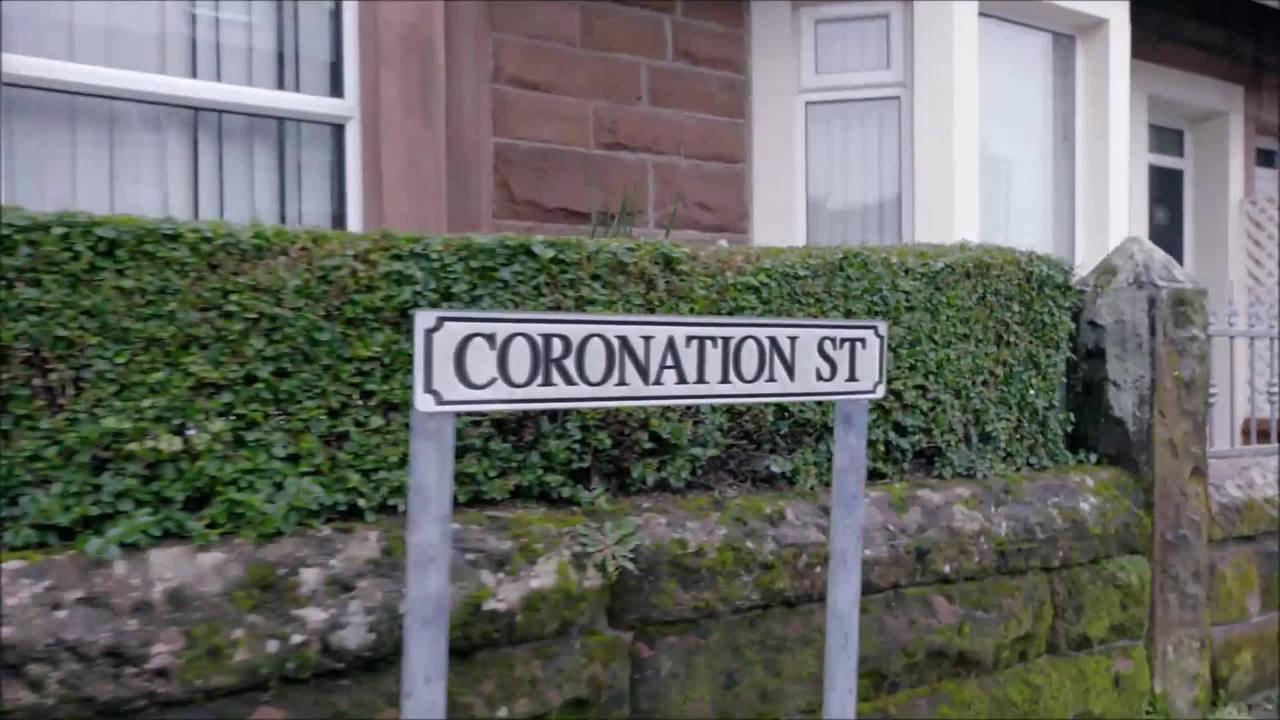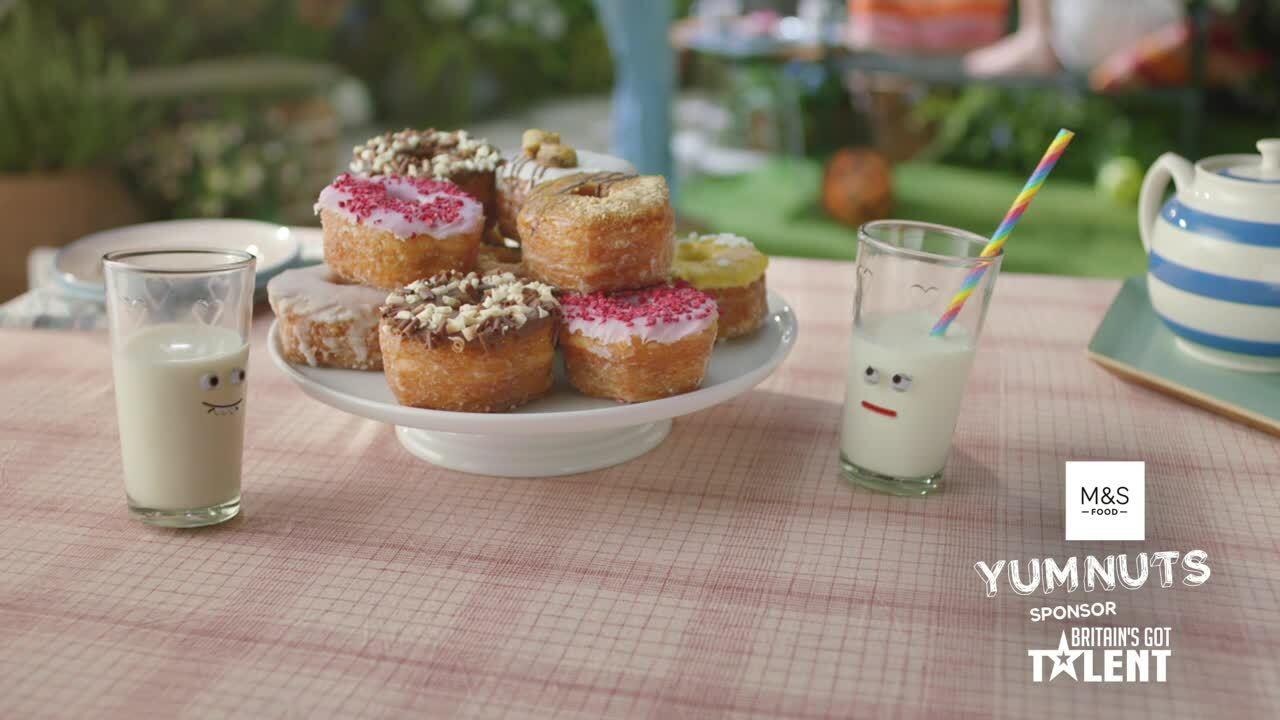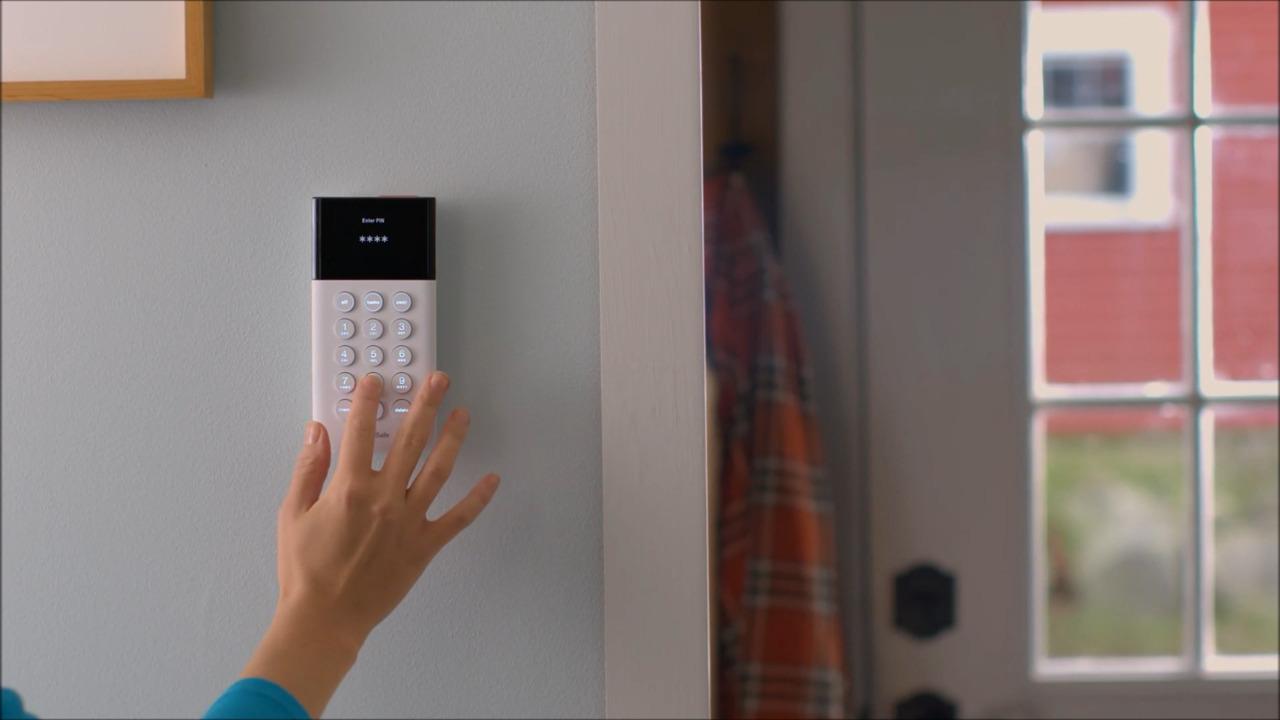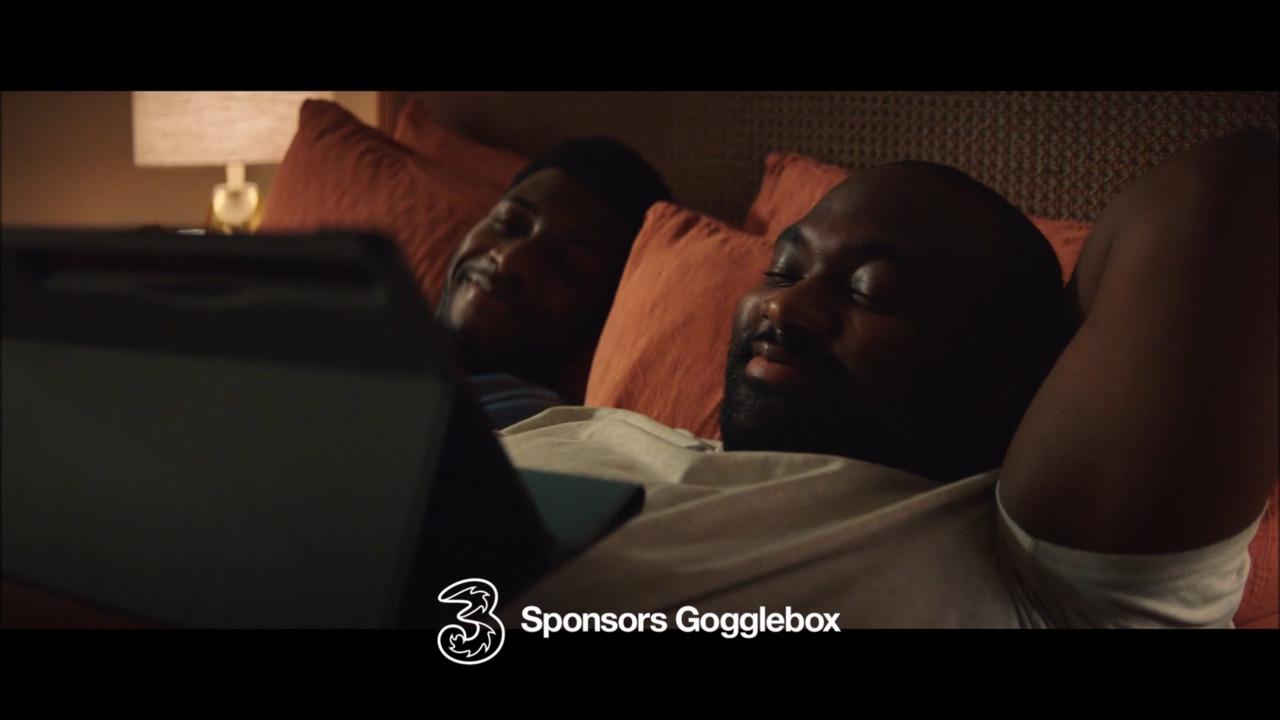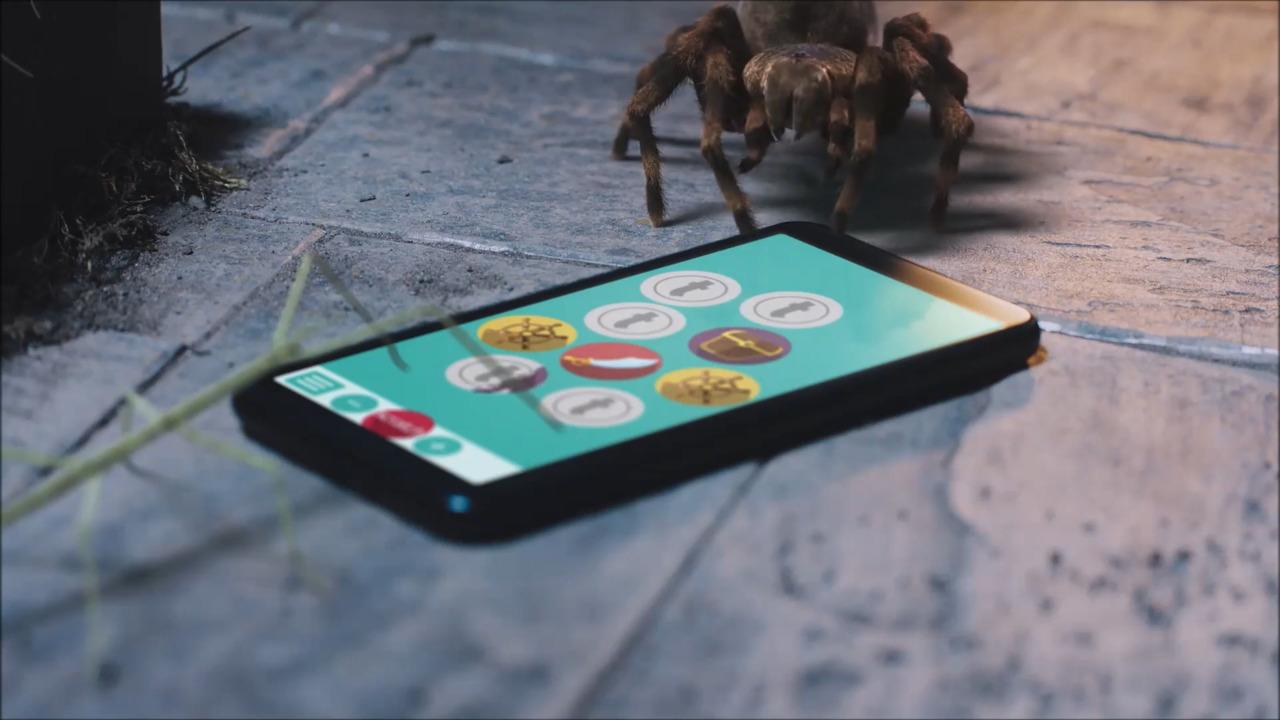For brands involved in well-thought through and well-executed TV sponsorships, there are huge rewards to be gained. However, success begins with the on-air creative. Here are some things we’ve learned from research about how to maximise the effectiveness of your sponsorship creative.
The link between brand and programme
Thinkbox’s research with Duckfoot - TV sponsorship: a brand’s best friend – set out to uncover the inner workings of sponsorship; how and why sponsorship works and the ways in which its impact can be best measured. It also uncovered some interesting things about how the on-air relationship works for viewers. Here are some of the creative findings:
- The best results come about when the sponsorship bumpers successfully introduce the brand into the emotional relationship that the viewer has with their programme.
- Where there is an obvious link between a sponsorship bumper’s creative content and the programme content, the brand performs better across all key measures.
- The brand also performed better if there is a more obvious link between the brand itself and the programme.
- If the link between brand and programme is not as obvious, then the sponsorship creative needed to work harder to establish the connection, or the sponsorship needs time and repetition in order to embed in viewers’ minds.
- Viewers want to understand the link between the sponsored programme and the brand, and they will often deconstruct the creative to get at that understanding.

Best practice creative guidelines
Both Channel 4 and ITV have carried out work with SPA, which we’ve combined here to give you
ten creative tips, including some additional things to think about when developing your sponsorship work.
- Be creatively empathetic with programme. Your on-air work should be consistent with, and pay homage to, the programme content or style. Good creative keeps context top of mind. How would the viewers feel about your work next to their programme?
- Share your advertising’s creative style. The look and feel of sponsorship should be consistent with your advertising. Specifically: production values, tonality and branding. Integrate some advertising elements but make your sponsorship distinctive from your advertising.
- Be original/ innovative: Strikingly originality or “Intelligent sponsorship” commands attention. Don’t make the viewer work too hard to ‘get it’, but a little cleverness is very valuable.
- Clear message; perhaps a straightforward product story and fit with programme. Something that delivers immediate comprehension and is not unduly contrived or complex.
- Entertaining. Unsurprisingly, humour is cited as a fundamental requirement. Match the medium!

Executional Guidelines
- Frequent copy rotation. Make a sufficient quantity of bumpers and rotate them appropriately, especially for long-running programmes, and for genre or strand sponsorship (e.g. drama, property shows). This helps to avoid wear-out, decay and irritation due to perceived high level of repetition. An episodic storyline has been found to be the most memorable execution, but a single credit must be intelligible on its own
- Minimal text: Ideally you should limit the words on the screen to the brand name and a strap-line that communicates the sponsorship connection.
- Recognisable voice-over. Use a clear, ideally recognisable, voice-over paired with a strap-line to help with instant aural recognition. Not a strap-line alone.
- Sound. Evidence suggests that a sonic logo can direct attention, act as a mood-shaper and raise expectation. They can also aid the recognition of a sponsorship. Music also acts as a cue to generate and increase brand recall
- Bold product logo/“Pack Shot”. There is usually a requirement for this to be centre-stage. It aids message clarity and recall.
Some other things to keep front-of-mind
- Resist the temptation to make an ad that butts up to the editorial: you are likely to end up with something that is both a poor ad that doesn’t deliver everything an ad could, and a poor sponsorship that doesn’t do what great sponsorship should.
- The main aim of the on-air creative should be to build an association between the advertising brand and the programme brand: that association is the message. For creatives, the process of understanding the viewer relationship with the programme and coming up with an engaging, fresh link is both the challenge and the reward.
- Put as much care into your sponsorship as you do with your spot advertising. It really is worth it.
 Thinkbox
Thinkbox